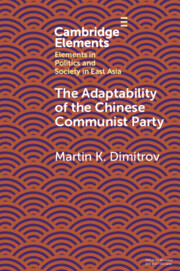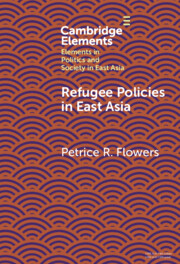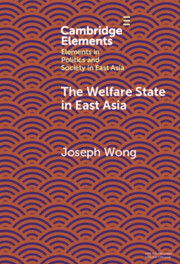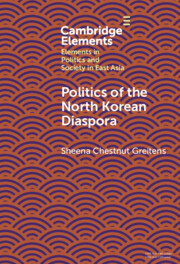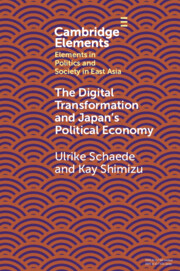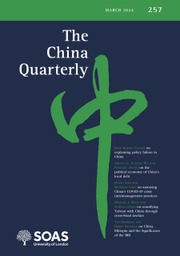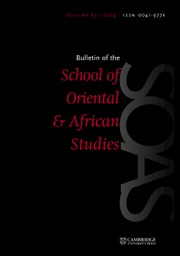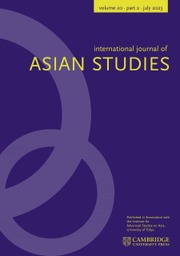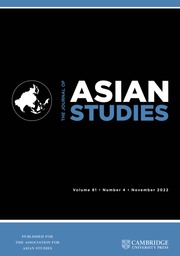The Adaptability of the Chinese Communist Party
The Chinese Communist Party (CCP) celebrated its one-hundredth birthday in 2021. Its durability poses a twofold question: How has the party survived thus far? And is its survival formula sustainable in the future? This Element argues that the CCP has displayed a continuous capacity for adaptation, most recently in response to the 1989 Tiananmen protests and the collapse of communism in Europe. As the CCP evaluated the lessons of 1989, it identified four threats to single-party rule: economic stagnation; socioeconomic discontent; ideological subversion; and political pluralism. These threats have led to adaptive responses: allowing more private activity; expansion of the social safety net; promotion of indigenous cultural production; and rival incorporation into the party. Although these responses have enabled the CCP to survive thus far, each is reaching its limit. As adaptation stagnates, the strategy has been to increase repression, which creates doubt about the ongoing viability of single-party rule.
Product details
December 2024Adobe eBook Reader
9781009204637
0 pages
This ISBN is for an eBook version which is distributed on our behalf by a third party.
Table of Contents
- 1. Introduction: The Adaptability of the Chinese Communist Party
- 2. Economic Reform
- 3. Extending the Social Safety Net
- 4. Protecting Cultural Security and Promoting Indigenous Cultural Consumption
- 5. Rival Incorporation into the Chinese Communist Party
- 6. Conclusion.

